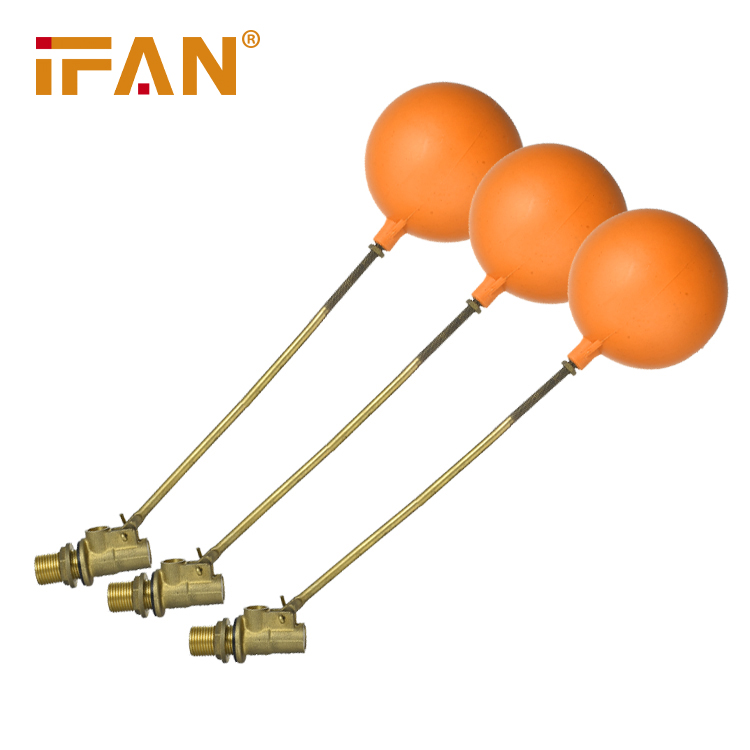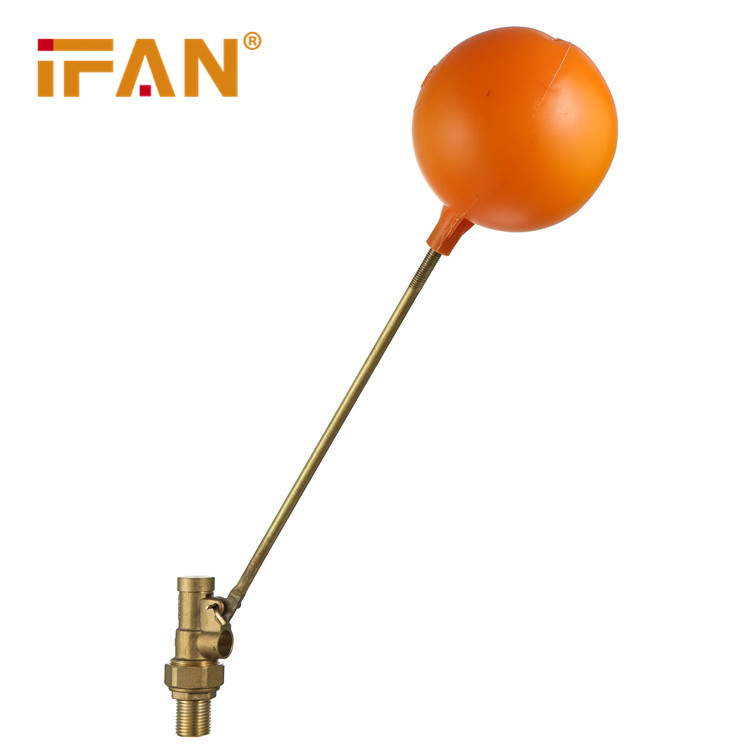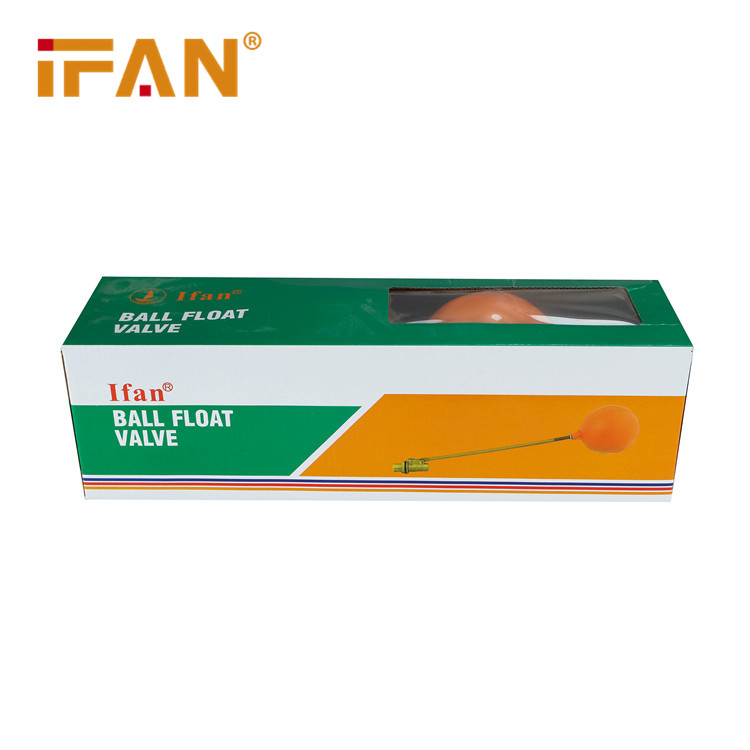Float Ball Valve
Name: Float Ball Valve
Size: 1/2” 3/4” 1”
Color: Gold Color
Brand: IFAN
Material: Brass
Sample: Support
Category : Click Download
Whatsapp : +86 19884503412
Wechat : 19884503412
Description
The float ball valve is a type of valve that operates on the basis of buoyancy. It is designed to control the flow of fluids in pipelines, tanks, and other machinery. In this article, we will explain how the float ball valve works, its product features, and the manufacturing process.IFAN Facebook Website:www.facebook.com,IFAN factory has 30+ years manufacture experience supporting color /size customization support Free Samples.
Work principle:
The float ball valve consists of a valve body, a float, a stem, and a seat. The valve body is attached to the pipe or tank, and the float is suspended inside the body. When the level of fluid reaches a certain point, the float rises and lifts the stem, which in turn closes the valve seat. This stops the flow of fluid. As the fluid level drops, the float falls and the valve seat opens, allowing the fluid to flow through.
Product features:
Float ball valves are known for their reliability, durability, and ease of use. They are suitable for a variety of applications, including water treatment, chemical processing, and oil and gas production. Some of the key features of float ball valves include:
1. High flow capacity: These valves can handle high volumes of fluid without causing any pressure drop.
2. Long service life: The materials used in float ball valves are highly resistant to corrosion, abrasion, and wear.
3. Easy maintenance: Float ball valves can be easily disassembled for cleaning, repair, or replacement.
4. Versatility: These valves can be used in a wide range of temperatures, pressures, and fluid types.
Manufacturing process:
The manufacturing process for float ball valves involves several steps, including casting, machining, assembly, and testing. The materials used in the process typically include brass, stainless steel, or other alloys. Here is a brief overview of each stage:
1. Casting: The valve body and other components are cast using a mold.
2. Machining: The cast parts are then machined to the required size, shape, and tolerance using CNC machines.
3. Assembly: The valve components are assembled into a complete unit, including the float, stem, and seat.
4. Testing: The finished valve is subjected to various tests, including pressure testing and flow testing, to ensure it meets the required specifications.
Overall, the float ball valve is an essential component in many fluid control systems. Its simple yet effective design makes it reliable and easy to use, and its versatility and durability make it suitable for a wide range of applications.
相关产品
- Brass Valve
IFAN Water Brass Ball Valve
- Brass Valve
Yellow Gas Ball Valve
- Brass Valve
Double Color Brass Valve
- Brass Valve
Brass Angle Valve
HAVE ANY QUERIES? SEND TO CONTACTOANTSMACHINE.COM
ONTACT US













